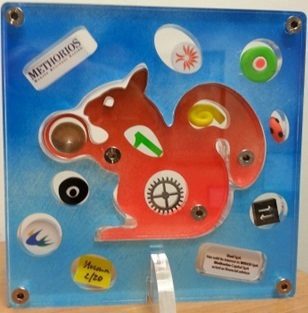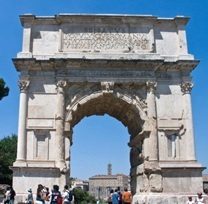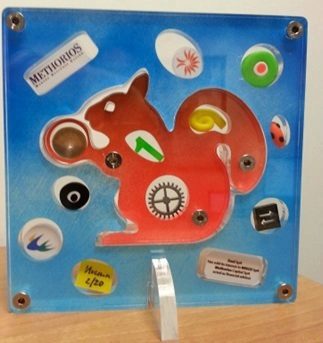De Arc de Triomphe, tombstones en M&A
Last modified: 20 juli 2023 12:16

De Romeinen en Napoleon vierden hun zegetochten met de bouw van triomfbogen. Bedrijven vieren hun M&A deals met een schamele plexiglas tombstone. Het Italiaanse energiebedrijf Enel viert de closing van verkoop met een echt kunstwerk. Een betoog om kunst en M&A tot elkaar te brengen. Dit artikel is geschreven in het Engels.
Door Luca Desiata
“Good business is the best art”
Andy Warhol
In the year 70 A.D. the Romans returned victorious from the siege of Jerusalem that earned them the control over the Galilee region. In the following years, they built the Titus Arch to commemorate the emperor Titus who led the Roman army to success.
The Titus Arch was only the precursor of a series of monuments that aimed to celebrate major political events triumphantly. This tradition culminated with the Arc de Triomphe in Paris in 1836.
But if we look back at the “transaction value” underlying the construction of the Titus Arch (the conquest of Galilee), even considering today’s GDP of Israel, it would stand at less than $300bn.

Rome – Titus Arc
Why then multi-billion dollar M&A transactions only deserve a shining Plexiglas tombstone worth a few hundred dollars? Between the two extremes of a monumental Arc de Triomphe and a plastic plate, a respectable compromise must exist. “In medio stat virtus” the Latin would say.
In other times, art would have been the preferred option. Today, the relationship between the Corporate world and the arts has slowly drifted towards a one-way affair limited to patronage. Although organizations may endorse, sponsor or fund artists and museums, the arts seem to have little to offer from a business perspective.
Not so long ago, art had established a mutually beneficial relationship with the world of business, starting with placards and posters in the last decades of 19th century when the Moulin Rouge commissioned the impressionist artist Toulouse-Lautrec to design a series of posters promoting the Bohemian nightlife in Paris.
Over a century ago, in his dada manifesto, Tristan Tzara maintained that “advertising and business are poetic elements” while in his 1931 Futurist Manifesto, the Italian artist Depero, famous for the Campari soft-drink promotional campaigns, provocatively declared that “All arts in the past centuries expressed an advertising objective. In those times, art was at the service of churches and states. Today it is the corporate world and its captains who commission artworks.”
The contest of those years was permeated with the enthusiasm for the rising consumer society and for the surge of creativity that corporate advertising was introducing in the art world. In more recent times, this integration between business and art has lost its original edge. Due to the technical specialization of industrial design and advertising activities, mainstream art has less and less contributed to their developments. It has rather focused on provocative performances and conceptual explorations, distancing itself from corporate managers’ impelling needs.

However, there are signs that this trend may be reversing again. If we look at Italy, where art still permeates every aspect of human life, a number of interesting projects is coming to the fore. For instance, when the energy company Enel decided to sell its subsidiary Wisco, the financial adviser celebrated the successful closing with a more sophisticated tombstone created by Renzo Nucara, an Italian artist who uses resins and recycled plastics as materials for his works (see picture).
Renzo Nucara
Another interesting attempt is represented by pptArt, a Rome-based innovative start-up offering art-related corporate services. “Celebrate M&A transactions with art” is their proposal for landmark deals that deserve a more suitable and elegant celebratory option. pptArt can leverage the diversity of styles of a pool of over 700 international artists with a “transaction brief”, a document which translates strategic messages into artistic inputs. The artists’ proposals can become an active tool to engage the executives and the Board of Directors in the selection of the work of art that best represents the key messages of the transaction.
When celebrating successful transaction closings, art has always had a negligible role versus more material options like hefty bonuses, lavish dinners and plexiglass tombstones. This is just the result of a mindset that has strengthened with practice and tradition. The truth is that, beyond its financial, legal and technical difficulties, an M&A transaction is often the result of a higher-level strategic objective that involves the integration between cultures and a profound change in the way people think.
The time has come to recognize that the complexity of an M&A transaction may have a considerable potential as a stimulating and inspiring ground for artists’ creativity.
Luca Desiata is Professor of “Corporate Art” at the Master of Art of Luiss Business School in Rome









